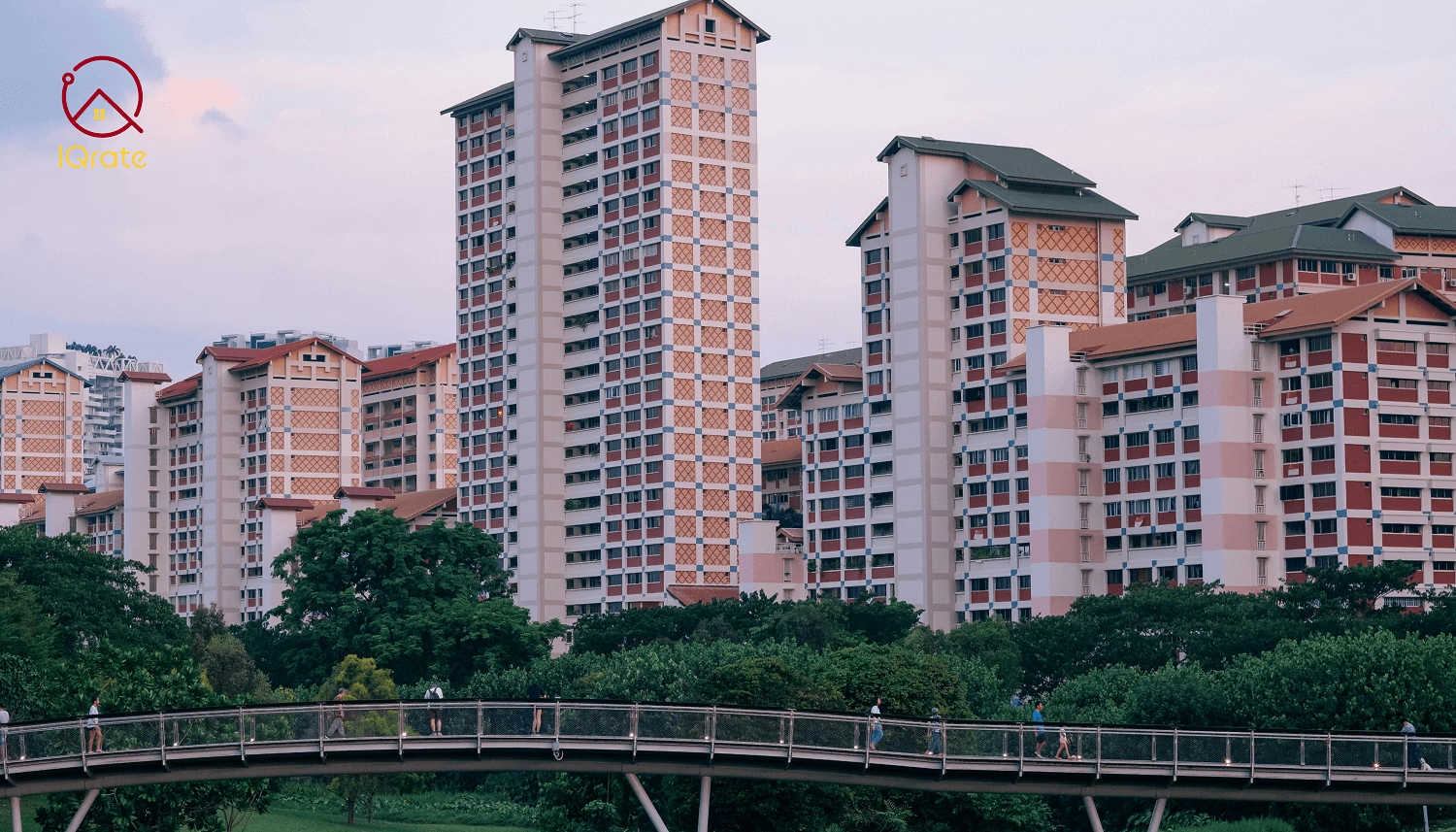With rising property prices and fluctuating interest rates, securing a home loan in Singapore requires careful financial planning. Floating-rate packages provide flexibility and possible savings. However, borrowers should think about responsible financing. They need to ensure they can afford their mortgage in the long run without taking on too much debt.
Here’s how to make a smart, sustainable home loan decision while managing risks.
1. What Is Responsible Financing?
Responsible financing means:
✔ Borrowing within your means (not maxing out loan limits).
✔ Planning for rate hikes (stress-testing repayments).
✔ Avoiding overcommitment (factoring in future expenses like childcare, retirement, or job changes).
Why It Matters:
- Prevents mortgage distress if interest rates rise.
- Reduces risk of forced sales or defaults.
2. Floating Rate vs. Fixed Rate: Which Is More Responsible?
| Factor | Floating Rate Home Loans | Fixed Rate Home Loans |
| Interest Rate Risk | Rates can rise, increasing repayments. | Locked rate for 2–5 years (predictable) and can rise after the fixed term. |
| Flexibility | Easier to refinance if rates drop (ensure out of lock in) | Early repayment penalties (1.5% fee). |
| Affordability | Lower initial rates, but uncertain future. | Higher initial rates, but predictable monthly repayment. |
Which Is Safer?
- Floating rate home loans require strong financial buffers (can you afford a 2% rate hike?).
- Fixed rate home loans suit those who prioritize stability over potential savings.
3. Stress-Test Your Mortgage
Before choosing a floating-rate loan, ask:
- “Can I afford repayments if rates rise to 5%?” (Historical highs suggest it’s possible.)
- “Do I have emergency savings (6–12 months of expenses)?”
- “Will my income remain stable?” (Freelancers/commission-based workers may prefer fixed rates.)
Example:
- A $1M loan at 3.5% = ~$4,490/month.
- If rates rise to 5%, repayment jumps to ~$5,370/month (+$880).
4. How to Borrow Responsibly
a) Follow the TDSR Rule
- Singapore’s Total Debt Servicing Ratio (TDSR) caps mortgage repayments at 55% of gross monthly income.
- Ensures borrowers don’t overextend.
b) Maintain a Healthy LTV Ratio
- First-time buyers: Max 75% Loan-to-Value (LTV) (must pay 25% upfront).
- Second property: Max 45% LTV (plus ABSD).
- Third property or more: Max 35% LTV (plus ABSD)
c) Avoid Overleveraging for Investment Properties
- Rental income may not cover mortgage hikes.
- High interest + vacancy risk = Financial strain.
d) Refinance Wisely
- If rates drop, switch to a cheaper loan.
- Always compare offers to avoid paying extra dollars for your mortgage loan.
5. When Floating Rates Make Sense (Responsibly)
✅ You have stable income + savings buffer.
✅ You believe rates will drop or stay low.
✅ You plan to sell/refinance within 3–5 years.
When Fixed Rates Are Safer
✅ You’re risk-averse or retired.
✅ Fixed rates are near historical lows.
✅ Your budget is tight (no room for rate hikes).
Conclusion: Balancing Savings & Safety
Floating-rate loans can save money, but only if you can accept volatility risk. Before deciding:
- Stress-test your repayments at 5–6% interest.
- Ensure you meet TDSR/LTV rules.
- Keep an emergency fund.
Final Tip: Consult a mortgage broker to compare loans while keeping risks in check.
Would you like a personalized affordability assessment tailored to your financial situation? Let me know! If you need help getting the best home loan offer, IQrate is here to tailor solutions to your financial needs and risk appetite.
